Does Water Usage and Conservation Really Matter?
For generations, our country has been on a mission to conserve water. Yet you might be scratching your head over the concept. Is wasting water a real problem, especially with water being a renewable resource?
You’re technically correct that water is renewable. However, potable water — that is, the water you can safely drink — is not limitless. That’s why we have municipal water treatment plants around the nation. And even if you get your water from a private well, you will have to treat it in some way to ensure it won’t be harmful to your health.
In other words, water conservation is much more than meets the eye. The more you understand about water conservation, the more you’ll understand why staying on top of your water usage is both necessary and important.
Why Is Water Conservation Important?
As mentioned before, most potable water has to be transported and treated to get to your home. Consequently, it needs to be accessible. Sometimes, it’s hard to access water — and in zones that are experiencing unprecedented heatwaves, water accessibility is becoming a bigger problem.
Remember: Water reaches you from relatively nearby places with fresh water (not salt water) like bays and rivers. The more water you and your neighbors use, the more water is diverted from those natural waterways. Therefore, those waterways’ water levels go down, which can hurt any living organisms that rely on those waterways for existence.
Another reason to consume a little less water? It takes energy and resources to bring water to your home. And if you have to heat the water, you’ll use even more energy. This puts a burden on non-renewable energy supplies, particularly if you use coal or oil to bring your water to a tepid or warm temperature.
The Immediate Benefits of Water Conservation
Obviously, the long-term benefits of water conservation are that saving water puts less stress on the environment. However, you will get some short-term benefits of water conservation that you can see right away, too.
Lowered utility bills. When you prioritize the protection of water resources by lowering your water usage, you get a financial payback in the form of a reduced water bill. You might even save on other bills, like your gas or electric bill, depending upon how you heat your water.
More time. Let’s say you normally take a 10-minute shower. Cutting your shower down by just two minutes a day gives you a full hour back each month! As you know, time is valuable and finite. Even a few minutes add up and save water at the same time.
Ingenuity opportunities. Do you love a good challenge? Use your commitment to conserving water as a springboard for creative thinking. Think of creative ways to make your water go further? For instance, could you water your garden with leftover water from boiling cabbage for dinner? Use your imagination. Get the whole family thinking and involved.
How to Save Water in Daily Life
You know wasting water is a bad idea, but you also don’t want to feel like you have to monitor every ounce of water you use. Below are some ways to save water in daily life that are simple and effortless.
Buy and install high-efficiency appliances and hardware. Replacing old toilets, dishwashers, and washing machines can save you tons of water as well as money. They eventually pay for themselves by using less water and requiring less energy to operate.
Take care of leaks. Suspect you have a leaky fixture somewhere? Call a plumber to tighten up those drips by making repairs or replacing broken-down systems and parts.
Collect rainwater. Do you normally use your hose or taps to get water for your plants? Collecting rainwater in a rain barrel or other container instead allows you to have access to gardening water without tapping into your water supply.
Protect Your Home by Conserving Water
When you think about it, conserving water isn’t hard. Just making a few adjustments in your everyday habits can make a huge difference for the places you call home. To learn more about making water conservation a priority in your home, get in touch today.
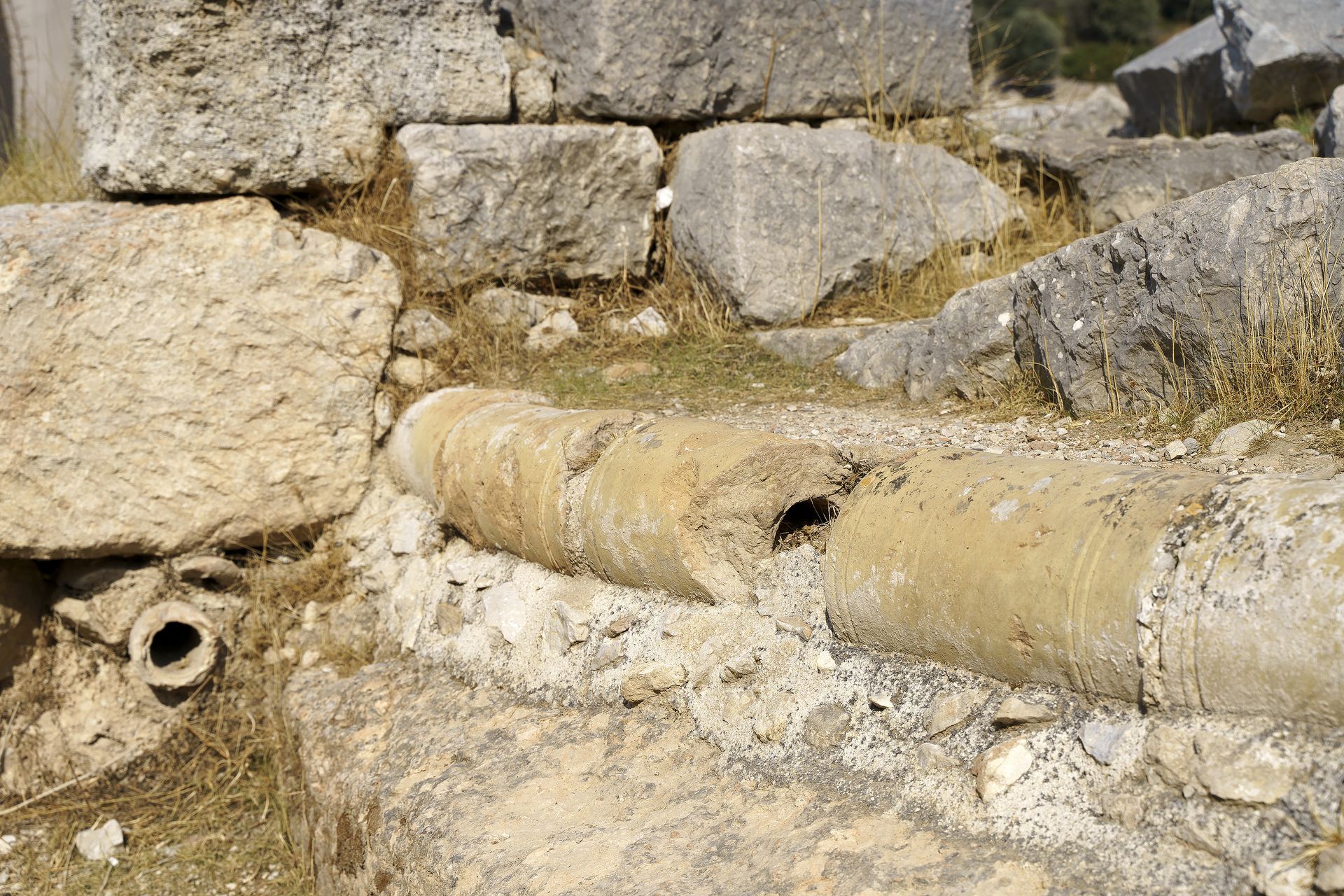
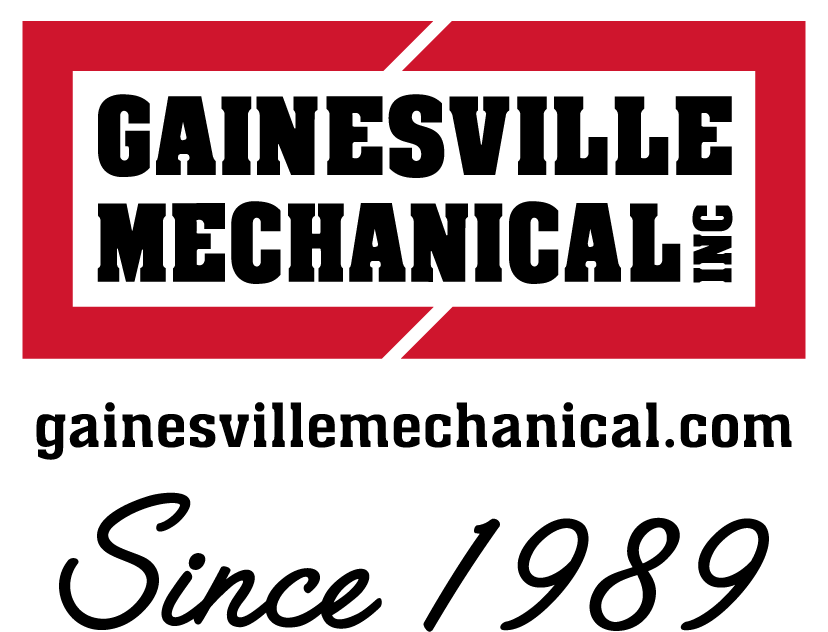

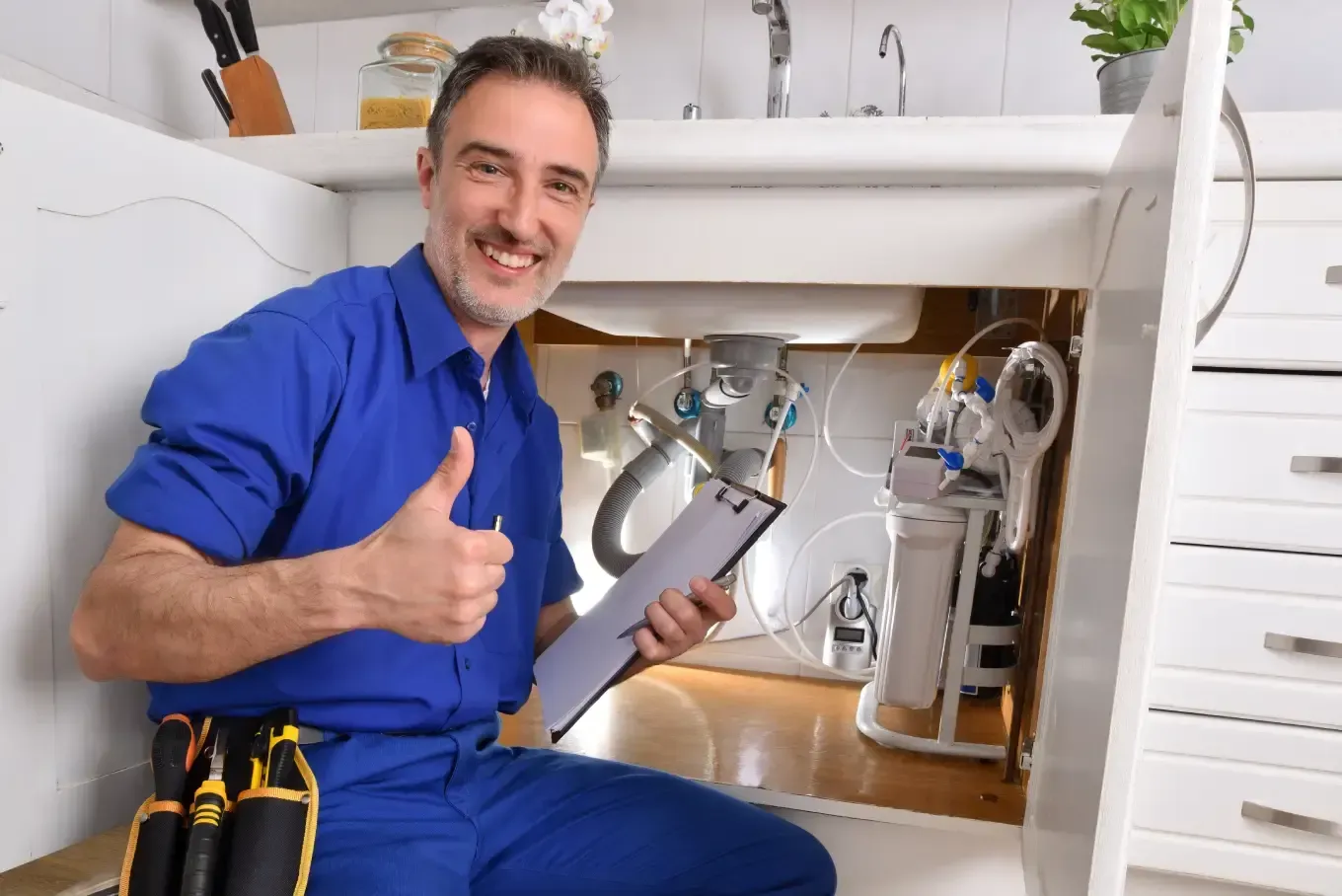
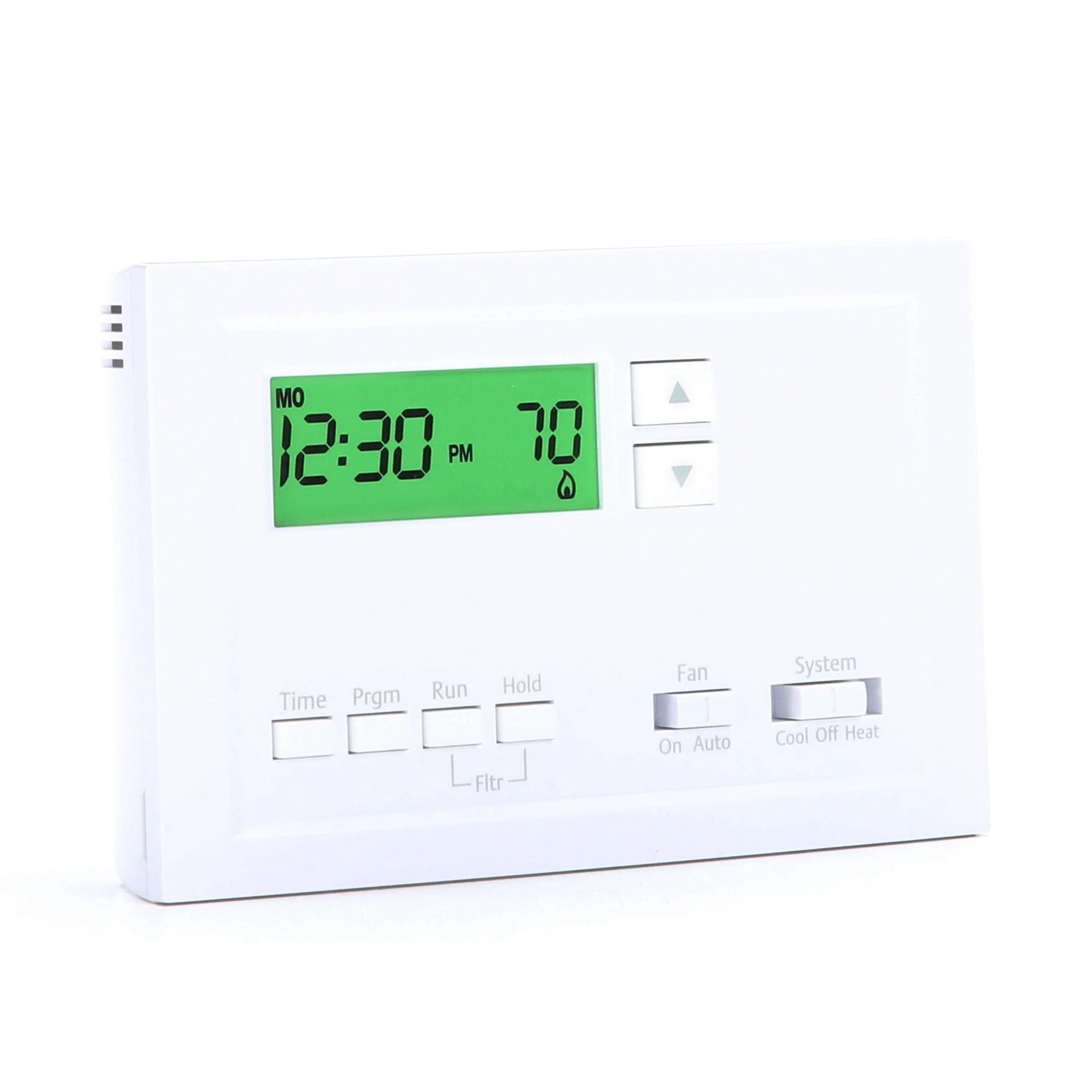
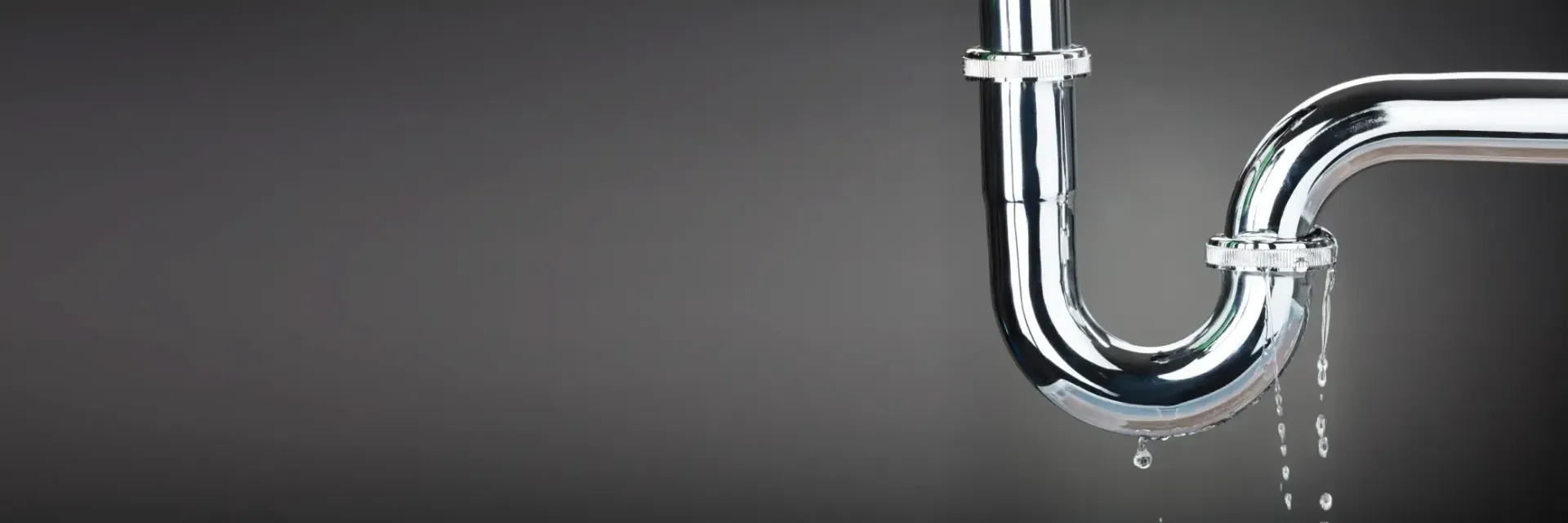
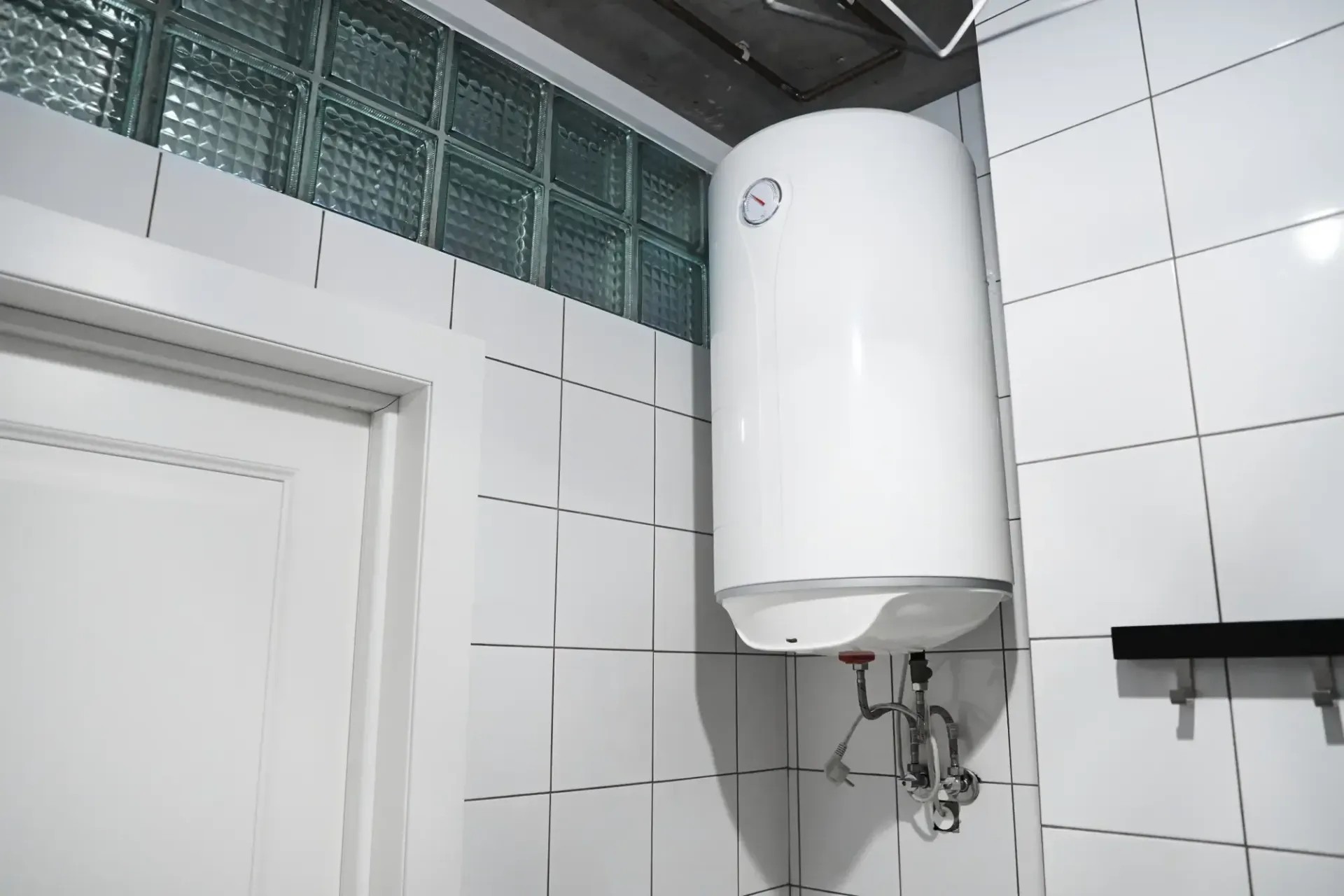
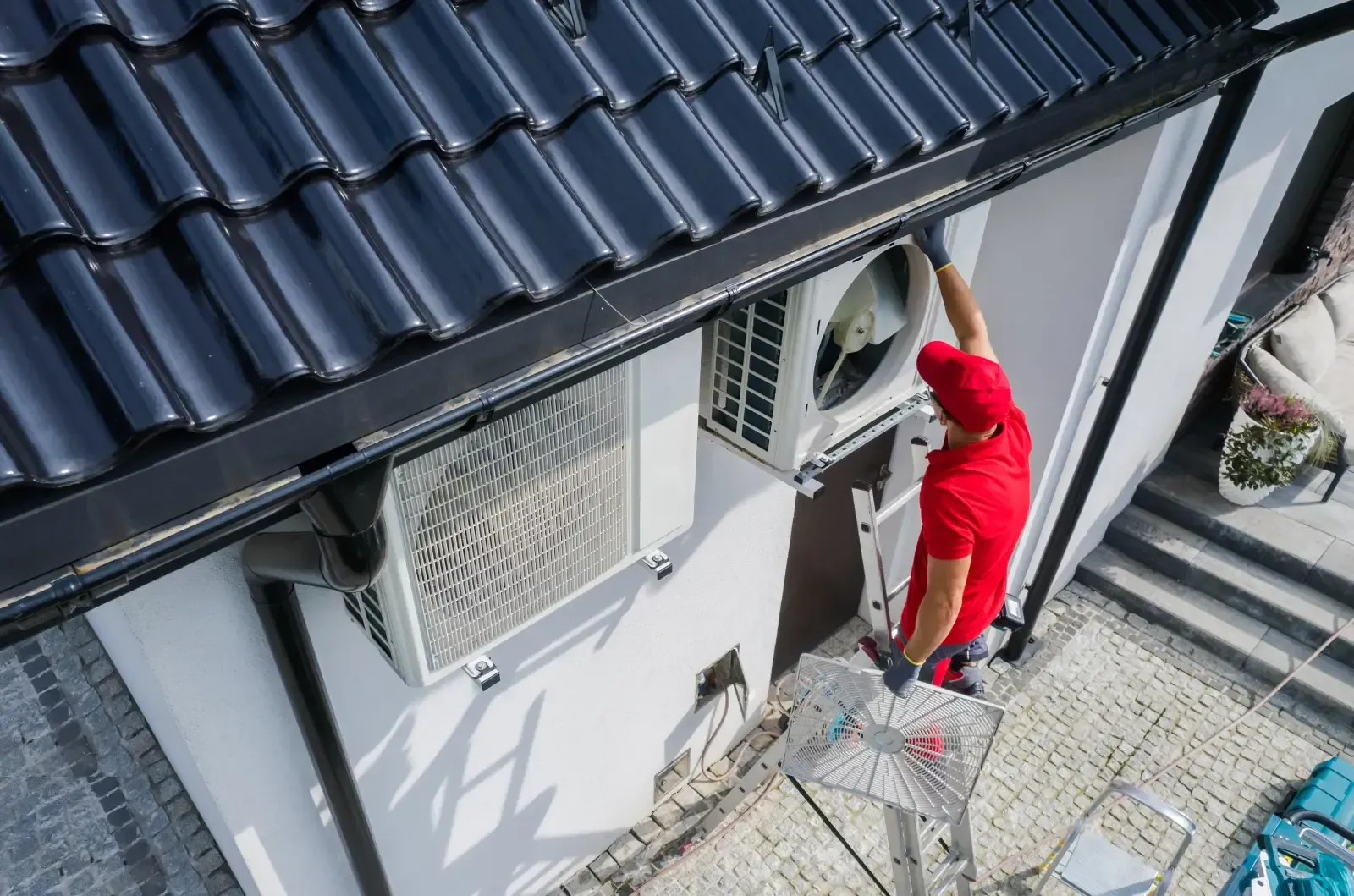
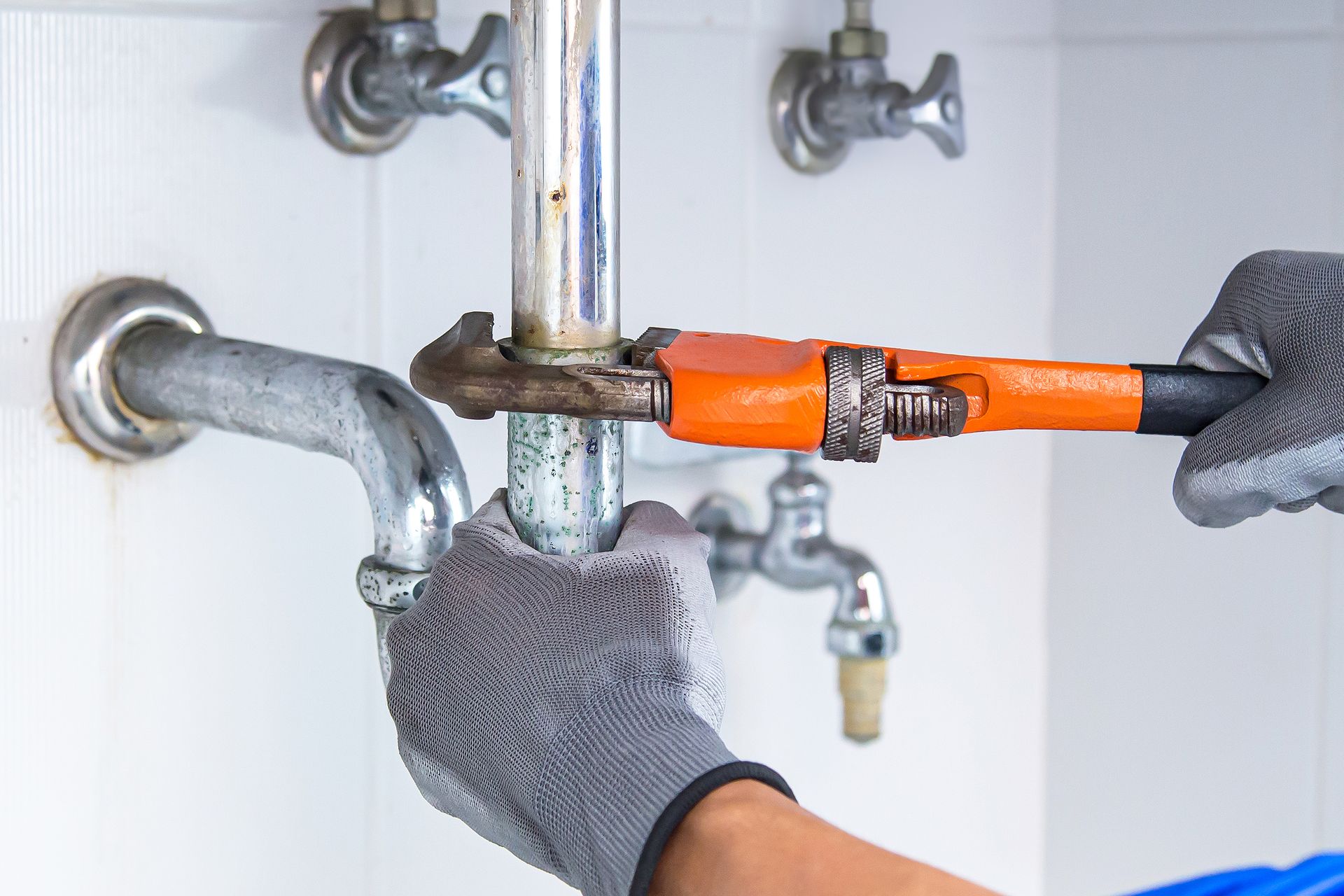
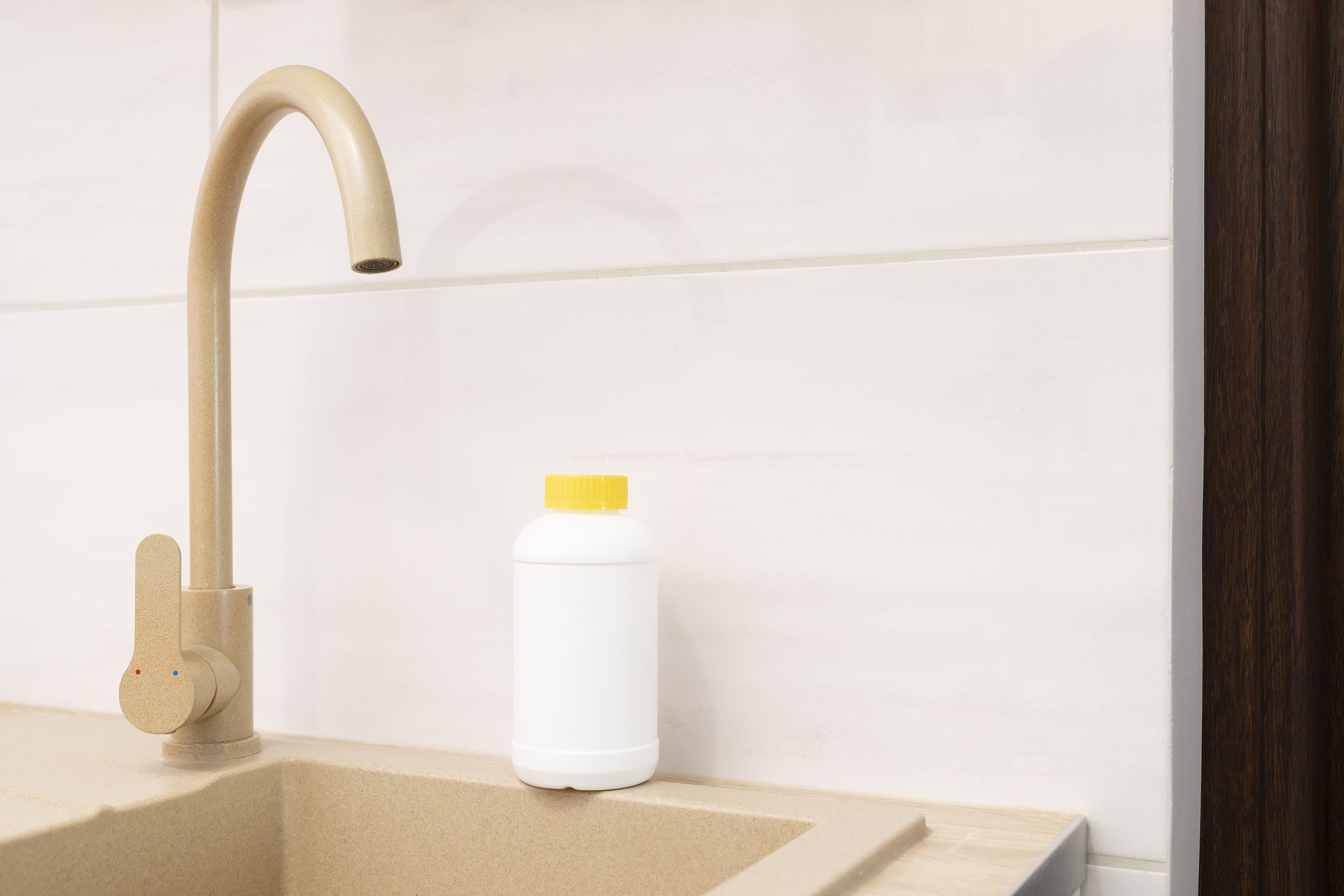
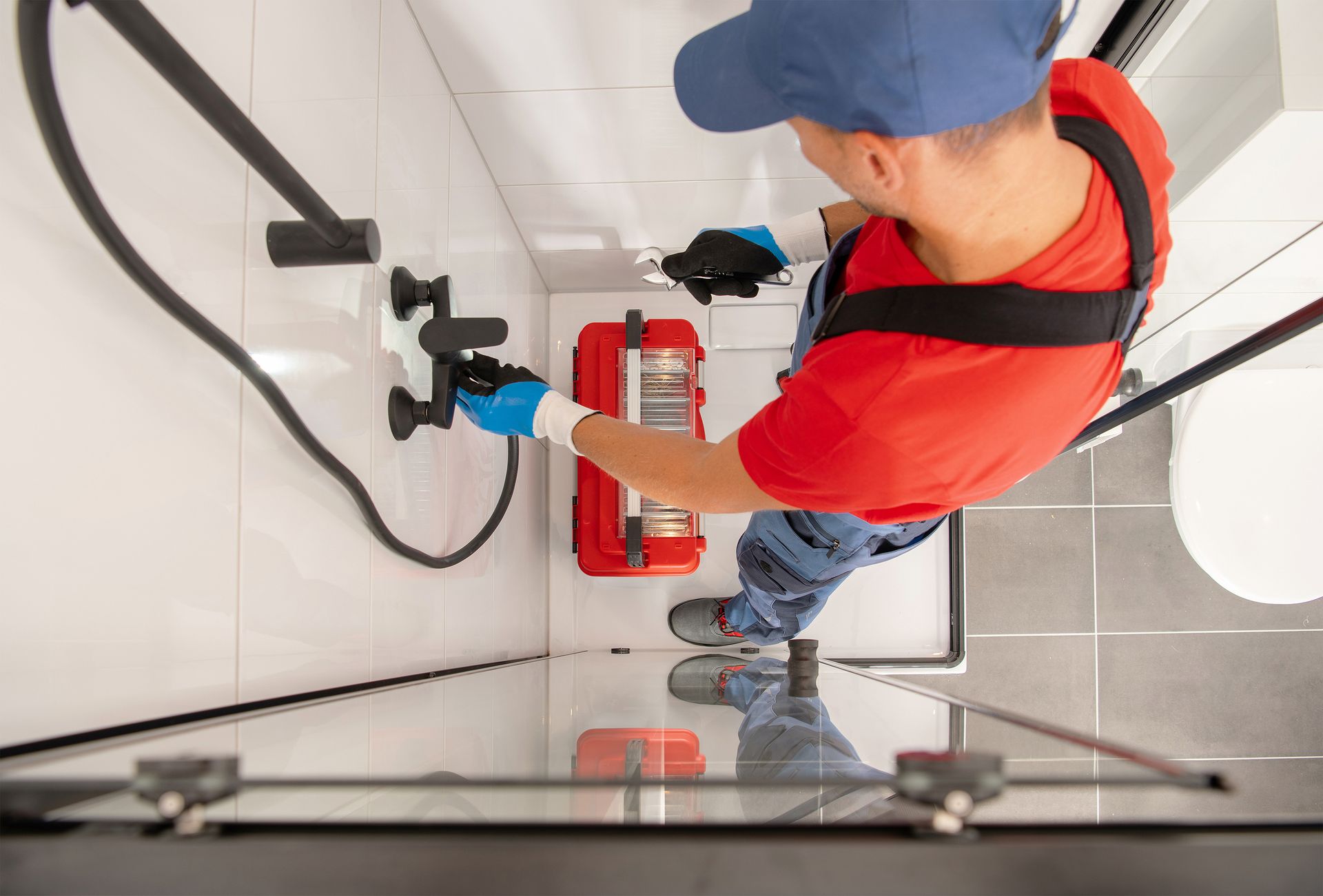
Share On: